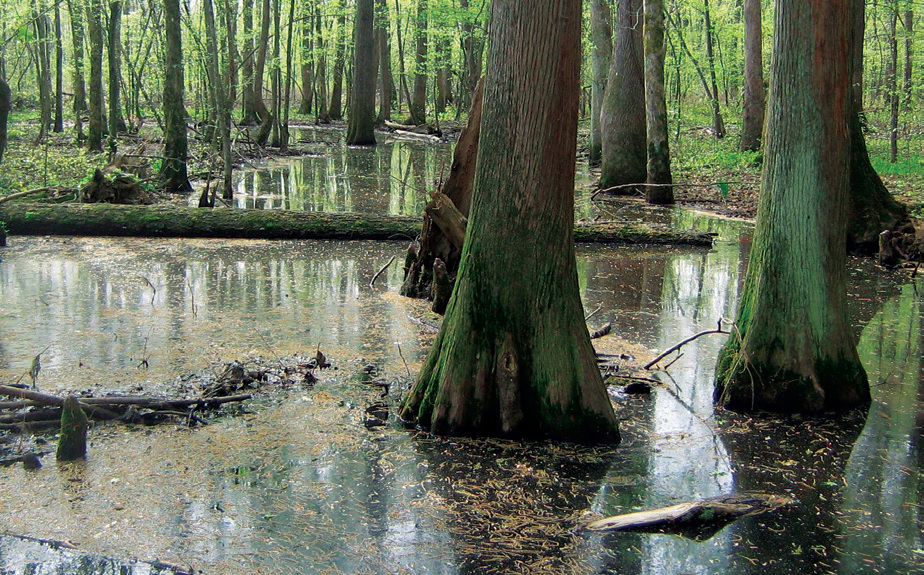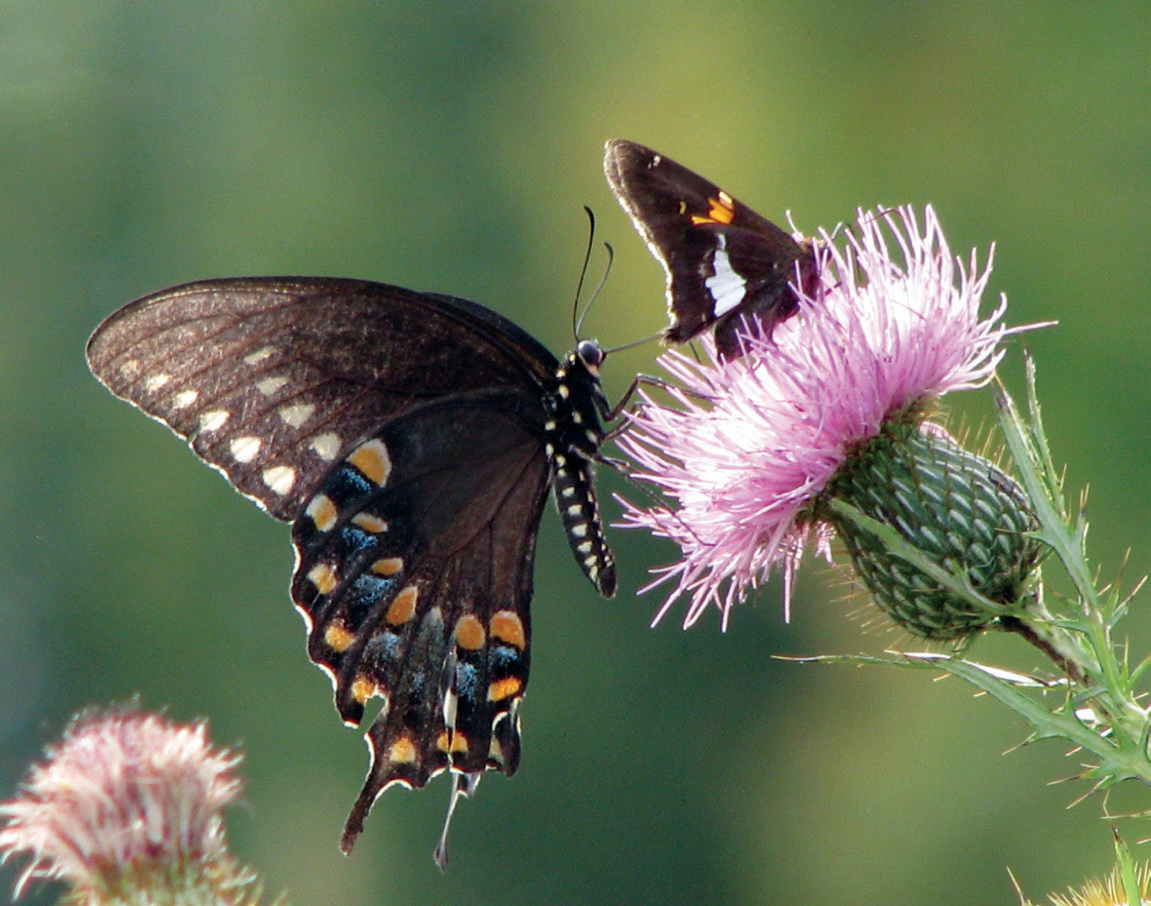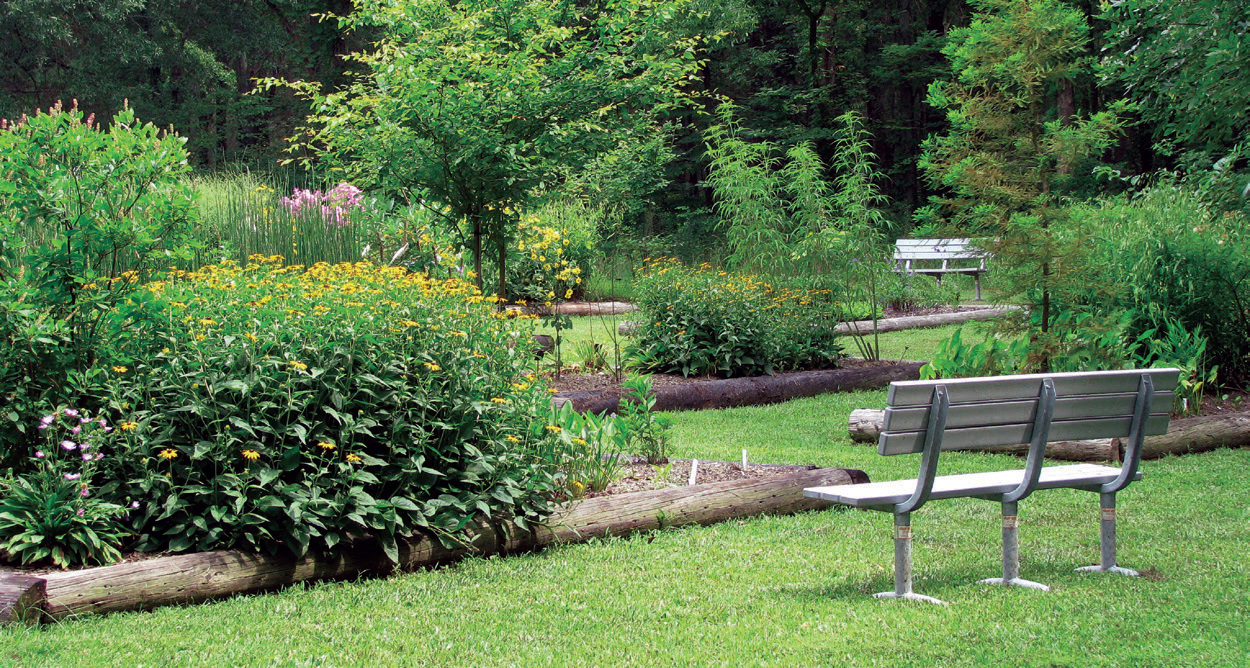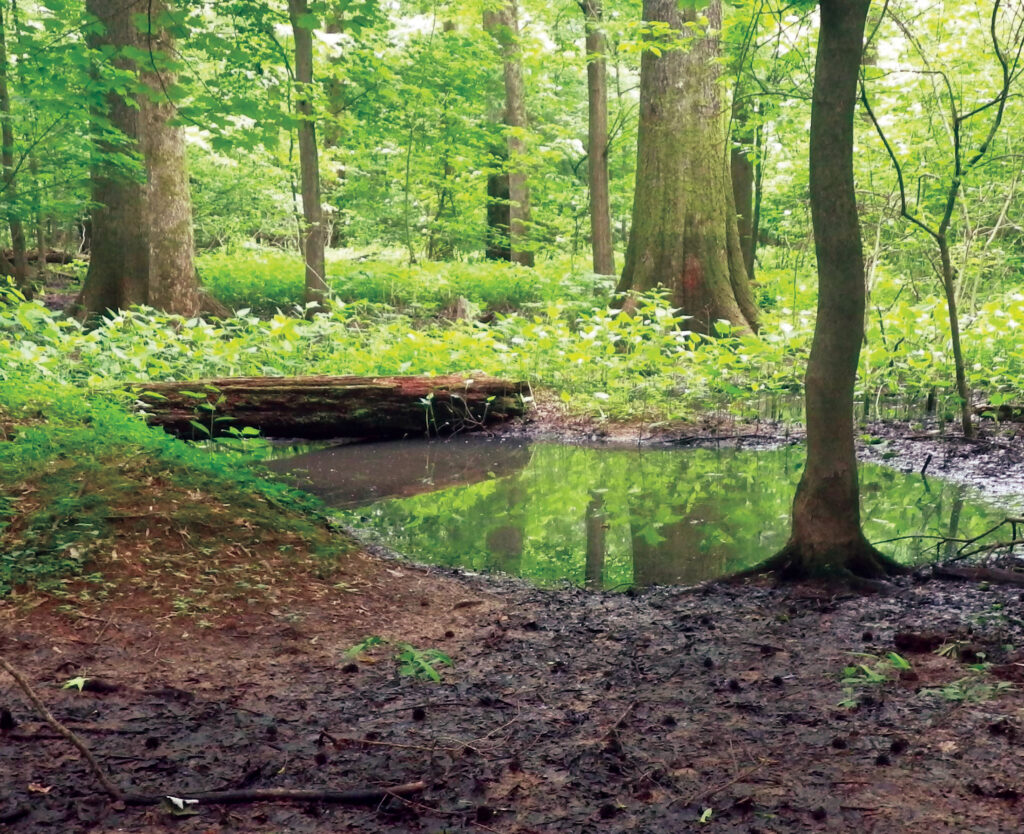 Though Big Cypress Tree State Park’s namesake was destroyed by a lightning strike and subsequent fire nearly 50 years ago, the park it inspired still tells the tale of what was once deemed the largest and oldest tree east of the Rocky Mountains.
Though Big Cypress Tree State Park’s namesake was destroyed by a lightning strike and subsequent fire nearly 50 years ago, the park it inspired still tells the tale of what was once deemed the largest and oldest tree east of the Rocky Mountains.
The bald cypress sprang to life in the Obion River bottomlands five centuries before Columbus set sail from Spain headed to Asia for spices and silks and instead bumped into North America. Over the subsequent years, it grew into a massive tree — 39 feet, 8 inches in circumference and around 140 feet tall. Its size got the cypress crowned as the national champion bald cypress in 1950, a title it held until its demise 26 years later.
Four years into the tree’s reign, it was dubbed the “Tennessee Titan” in an article featured in American Forests magazine — an apt moniker considering its size. It was reportedly hollow at the bottom, allowing four to five people to stand inside its trunk.

A champion’s legacy
Though the giant bald cypress is gone now, the park land that encompasses where it once stood is considered a lesser-known gem among Tennessee’s state parks.
“The park is a gateway to more than 8,000 acres of public wetlands,” says Michael Beasley, who has been park manager at Big Cypress Tree State Park since fall 2019. “It’s a good snapshot of the Middle Fork of the Obion River.”

In fact, the area of the park where the champion bald cypress once stood isn’t very accessible unless you have a mud boat.
If you’re looking for a state park with lots of amenities such as golf courses, RV campgrounds and restaurants, Big Cypress Tree does not fit that particular bill. But if you have a love of nature and creatures big and small, then you’ll want to check out this slice of Weakley County. It’s only a day-use park, but those days can be filled with spotting and identifying a wide array of birds, insects, amphibians, pollinators, plants and trees. In fact, several species of trees are identified for you, allowing visitors of all ages to learn the differences between a sassafras and a persimmon as well as several other species such as yellow poplar, dogwood and, of course, bald cypress.
While visits to state parks are fair-weather affairs for a lot of people, the colder months are actually a really good time to visit Big Cypress Tree, particularly if you enjoy seeing and photographing waterfowl.
“Depending on the weather, November through February are the top times to see sandhill cranes and thousands of geese here,” Beasley says.
Dedicated to the mission
For a good amount of his time at Big Cypress Tree, Beasley was the park’s only employee. Even so, he set right to work cleaning up the park and took the first steps toward his vision for this public land. His time at other parks such as Reelfoot Lake, Meeman-Shelby Forest and Mousetail Landing informed his decisions. One of those decisions was to take out a ball field and begin to turn it into a natural area that will benefit pollinators while also providing even more bird-watching opportunities for visitors, especially beginning birders.
Beasley has since been joined by a ranger at the park, but it’s still a small staff doing their best to protect this natural resource and share it with visitors. Despite the load already on their plates just running the park, Beasley says they are working with schools and homeschool groups on an outdoor classroom. He also hopes to eventually host a spring festival at the park.
And in keeping with the mission to preserve the natural focus of the park, there’s also a 17-bed native plant garden in the works.
What to do
In addition to plentiful opportunities for bird-watching and tree and plant identification, visitors can enjoy some easy walks along a paved path or the boardwalk that leads to the bottomland forest that is flooded during certain times of the year.
Picnicking is popular in the park. If you have a larger group, the pavilion can accommodate up to 40 people and can be reserved online up to a year in advance.
The state park covers about 330 acres, but its location next to the Obion River Wildlife Management Area in Weakley, Obion and Gibson counties provides a lot of space for waterfowl and game management. The park and wildlife management area’s mixture of hardwood bottomland, wetlands and crop fields provides homes to a wide variety of waterfowl, songbirds, turkeys, white-tailed deer, cypress firefly and more, making it well worth the drive for a day of exploring.

Big Cypress Tree State Park
Big Cypress Tree State Park is located at 295 Big Cypress Road outside of Greenfield. You can find additional information at the park’s website at tnstateparks.com/parks/big-cypress-tree or by calling the park office at 731-235-2700. Note that the park does not have internet access, and phone service can be iffy at times.



